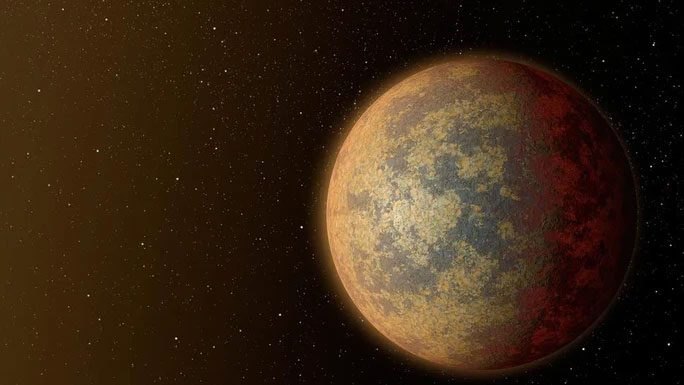A study from the UK has revealed the hiding places of at least two exoplanets with landmasses that are “older” than Earth by 5 billion years and potentially harboring advanced life forms.
A team of scientists led by astronomer Jane Greaves from Cardiff University (UK) has indicated that around two stars named HD 76932 and HD 201891, there may be at least two planets that formed landmasses 4-5 billion years earlier than Earth.
According to Live Science, this is the result of screening 29 stars believed to have the potential to support the formation of habitable planets.
Dr. Greaves even suggested that the planetary systems around HD 76932 and HD 201891 might contain biospheres more advanced than those on Earth.

Graphic depicting a world with potential life wandering at the edge of the Milky Way – (Image: NASA).
This brings hope that the 4-5 billion years of evolution may have allowed these planets to host life – possibly even civilizations – more advanced than what currently exists on Earth.
The research team identified these “promised lands” for life through the presence of uranium-239 and potassium in the stars, as well as the ages of the stars measured by the Gaia satellite, a spacecraft tasked with mapping the galaxy by the European Space Agency (ESA).
According to a publication in the Research Notes of the American Astronomical Society, these two stars, slightly smaller than the Sun, are located 70 and 110 light-years away from Earth, a relatively “close” distance in astronomical observations.
They are situated in an area long suspected by astronomers to be capable of producing habitable planets, which is the thick disk edge of the Milky Way galaxy. Our world is also located near this edge.
The findings could become an important direction for the “life hunters” that the world is eagerly awaiting: NASA’s Habitable Worlds Observatory, expected to be operational in the 2040s.


















































